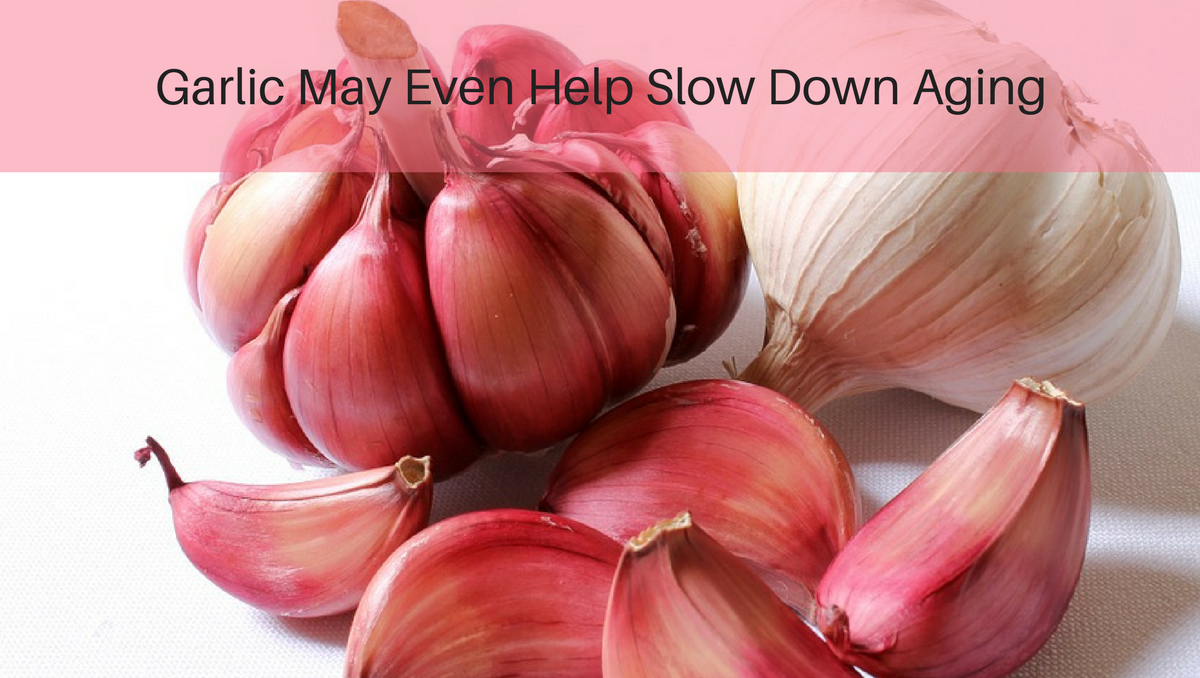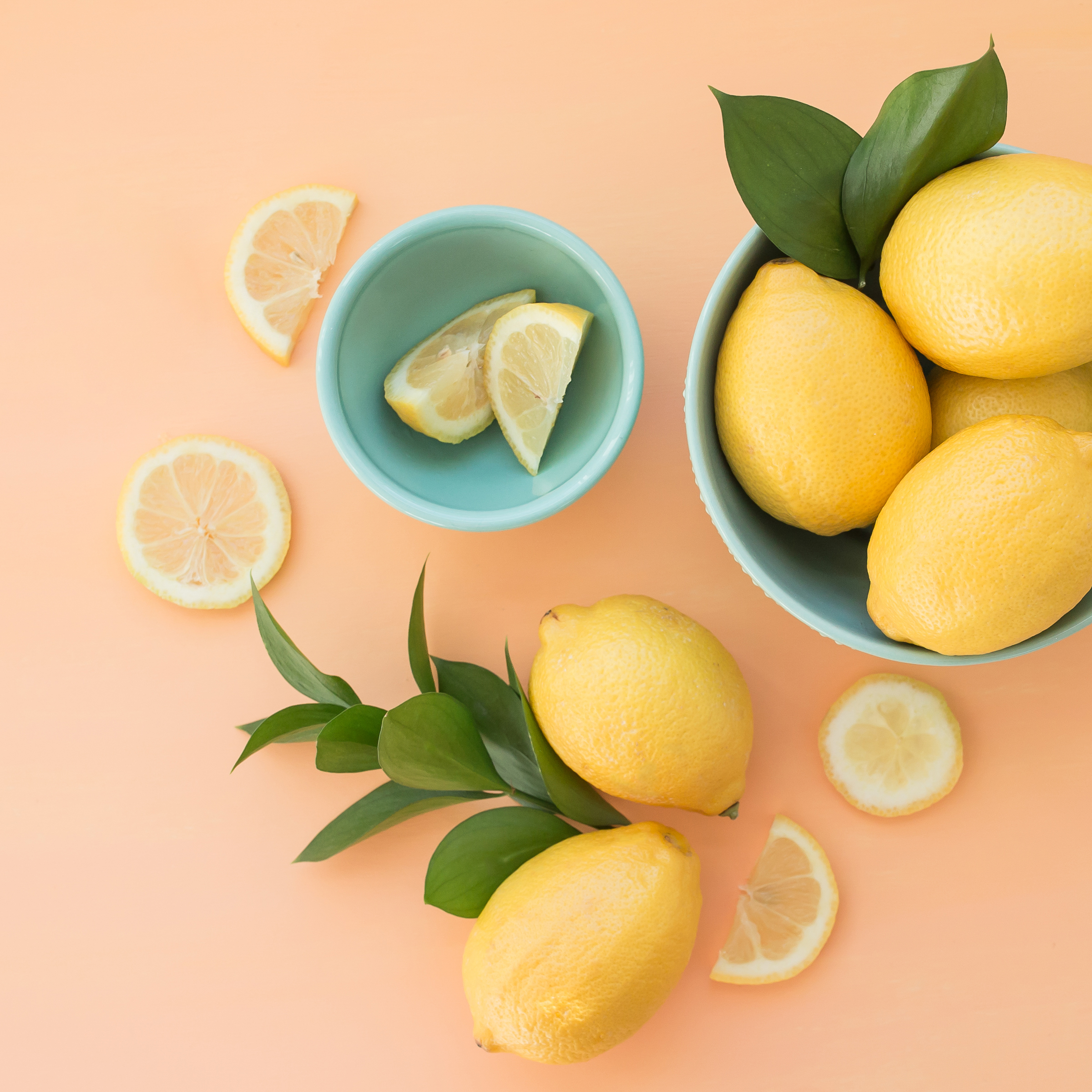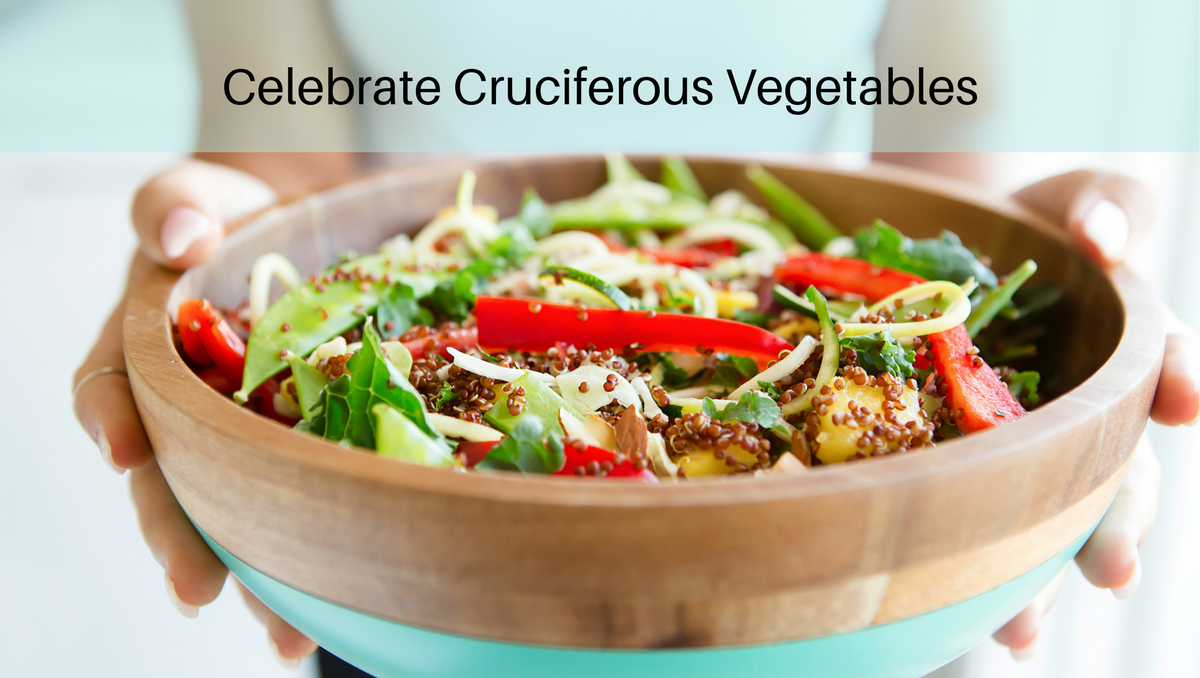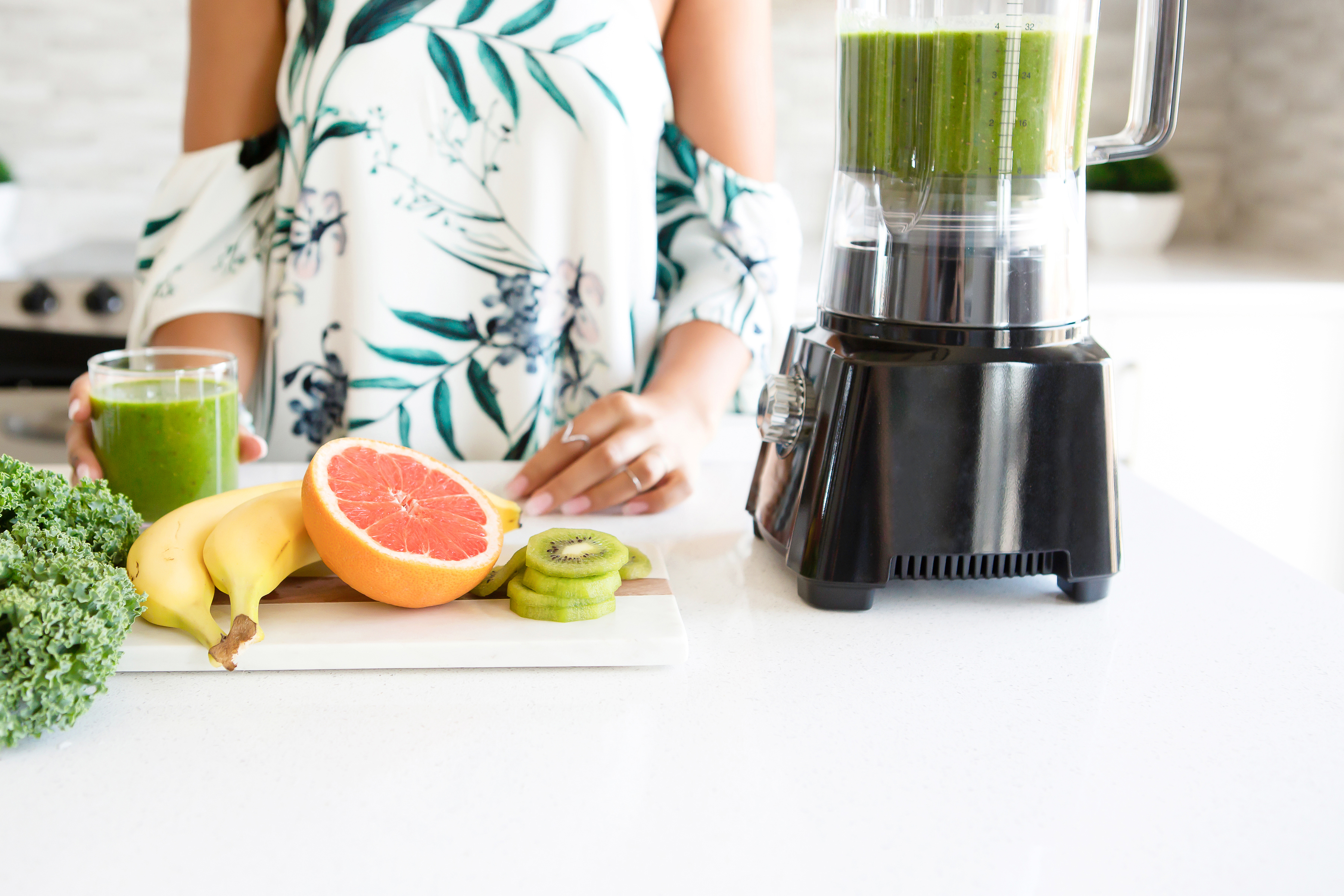Let’s face facts. There’s not much you can do about being more productive and focused if you don’t have any energy. That’s why it’s so important to get your energy level in check.
There are never enough hours in the day.
We can never seem to find the time to accomplish everything on our to-do lists. Whether those things are work-related, family-related or goal-related, we just don’t seem to have enough time or energy to get them done.
That’s why we seek to become more productive. We want to be able to manage our time better to get more done and open up more free time.
Being more productive comes down to how you manage 3 factors: your time, your focus and your energy.
Today we are to talk about your energy.
 1. Taking Turmeric Can Increase Energy and Tame Inflammation
1. Taking Turmeric Can Increase Energy and Tame Inflammation
Have you heard of turmeric? It’s a yellow spice that’s you’re most likely familiar with as a component of curry powder. It is used throughout Asian cuisine and has recently made the news as a health supplement and natural way to fight inflammation. Let’s take a look at turmeric’s health benefits, suggested doses of daily consumption, and how you can start to incorporate more of this flavorful spice into your diet.
The Benefits Of Using Turmeric
The biggest benefit you’ll get from turmeric is its anti-inflammatory properties. Since much of what ails us today has been linked to inflammation, it’s becoming more and more important to consume as much of this ancient spice as we can. It’s a great way to counteract the inflammatory effects of the modern western diet full of refined grains and sugar. Of course, it will also be beneficial if you suffer from traditional inflammatory issues like arthritis for example.
In addition, turmeric looks promising when it comes to slowing and possibly preventing cancer, and treating liver disease. With so many health benefits, isn’t it time to add more to your diet?
How Much Turmeric Should You Consume?
The recommended daily dosage of turmeric when it comes to supplementation is 400 to 600 mg. Shoot for about this much to treat inflammation. Even smaller doses will be helpful and you will reap some of the benefits as long as you make sure you are using at least some of this beneficial spice each day.
The best way to ensure you get your ideal daily dose of turmeric is to take a quality supplement. Swallow a pill and you know you reap the inflammation taming rewards of this spice. Of course, that’s not your only option. Next, we’ll look at adding more turmeric to your food.
 The cleansing energy of Turmeric
The cleansing energy of Turmeric
But does turmeric give you energy? You might be surprised by all the sneaky ways in which this little herb can boost your mood and improve your energy.
The star ingredient, turmeric, is bursting with anti-inflammatory, anti-viral, immune boosting properties and will keep your body healthy and happy moving into winter. … Not only will this drink make your insides super happy and healthy, but it will also give you a big boost of energy and sense of vitality
Research shows that taking a turmeric or curcumin supplement can significantly lower your levels of fatigue, and in turn, boost your overall energy. Turmeric boosts brainpower in general because it increases the levels of growth hormone in your brain and therefore increases your mind’s ability to function and focus efficiently — which might be exactly what you need to power through your day
Fun Ideas For Using Turmeric In The Kitchen
Turmeric is a component of curry powder and is also what lends yellow mustard its bright color. Any dishes that use either of those two ingredients will be great additions to your diet. Get in the habit of sprinkling on a little extra turmeric whenever you use curry powder or mustard in a dish.
When using turmeric as a spice in cooking, be sure to also add a dash of black pepper. It will increase the absorption of the turmeric.
Sprinkle turmeric into soups and stews, and even scrambled eggs for a little extra kick. It’s also nice on roasted vegetables and lends itself to most chicken dishes. My favorite way to get in my daily dose of turmeric is by preparing and drinking “golden milk”. It’s a mix of hot milk and spices that’s warm, relaxing, and good for the body.
Mix 2 cups of milk with 1 teaspoon of turmeric, ½ teaspoon of cinnamon, a pinch of black pepper, and a dash of ginger powder. Mix everything really well, and then heat the milk in a pot on the stove until hot, but not boiling. Add honey or your favorite sweetener to taste. Transfer to a mug and enjoy right away.
 2. Health Benefits Of Regular Garlic Consumption
2. Health Benefits Of Regular Garlic Consumption
Let’s talk about garlic. More specifically, let’s talk about the health benefits you can derive from eating it more regularly. Not only is garlic very tasty and a great addition to some of our favorite savory dishes, it also happens to be good for the body. It has been used as a medicinal compound for millennia and has some amazing antibacterial and antifungal properties.
Garlic Supports The Immune System
People who eat garlic regularly report suffering from fewer colds and may even avoid getting the flu. In addition, there’s plenty of empirical evidence that consuming large amounts of garlic can reduce both the length and severity of these types of illnesses. Since ancient times, garlic has been known to cure infections and is often called “nature’s antibiotic”. Boost your immune system and spend less time being sick by eating plenty of garlic.
Garlic Can Lower Blood Pressure
Did you know that garlic can lower blood pressure? It’s also great for your arteries and your heart. As a result, garlic can help reduce your chances of suffering from a stroke or heart attack. While eating plenty of this shouldn’t replace the advice of your doctor, it can’t hurt to spice up your food with plenty of delicious garlic. Over time, you may be able to lower and even replace your blood pressure medication.
Garlic Helps Improve Your Cholesterol Levels
In addition to lowering your blood pressure, the active compounds in garlic have also been shown to lower bad and boost good cholesterol. You have to eat quite a bit of it and do so regularly to see the work of garlic show up in your bloodwork. That being said, I’d rather eat lots of delicious garlic than swallow a bunch of different pills with nasty side effects. Combined with whole foods based, healthy diet, and some exercise, garlic may be just what you need to get off those meds.
 Slowing the Aging Process With Garlic
Slowing the Aging Process With Garlic
Last but not least, let’s talk about slowing down aging. The same compounds that help you stay healthy; may also help you live a longer life. Not bad for a little bulb that comes from the ground and tastes delicious. Areas, where garlic consumption has been high, have long had some of the longest living populations. While garlic isn’t the only reason for these long lives, it certainly seems to promote the slowdown of the aging process and improve overall health and well-being.
The many health benefits of garlic are a great excuse to start using it even more. Start with fresh garlic, slice it thinly or chop it by hand and let it sit for 10 to 15 minutes before cooking or eating it to give the active compounds a chance to activate. Don’t crush your garlic or you’ll lose some of the healthy properties.
Garlic Fights Stress and Fatigue
As a restorative herb, garlic can play a major role in balancing a stressful life and a fatigued body. Besides protecting us against a whole host of diseases and conditions, including high blood pressure and hypertension (which already should give us a good measure of relief!!), garlic serves as a tonic, that is, it works to actually REDUCE fatigue and other symptoms of stress in the body. It also works to increase energy levels, improve physical stamina and even extend our life expectancy!
 3. Benefits of Lemon Water
3. Benefits of Lemon Water
This is one of my favorites. Our body is an amazing self-cleaning system that can filter out all sorts of bad stuff we consume in our food or produce as part of the digestion process. Why not help this process along by drinking a few glasses of hot or cold lemon water throughout the day? This particular beverage will benefit you in a variety of different ways. Let’s take a look at what lemon water will do for you when it comes to detoxifying.
The Water Helps Flush Things Out And Prevents Dehydration
We need plenty of water to flush out anything our bodies can’t use. To make sure this happens in an efficient way, we need to drink plenty of water. The more dehydrated we get, the harder things like liver and kidneys have to work to eliminate waste and toxins. Make it easy on these crucial organs and stay healthy by drinking plenty of water. Adding lemon, in addition to other health benefits makes it easier to drink plenty of it throughout the day. Mix it up with cold, warm, and hot lemon water. For even more variety add some sliced cucumber or ginger to your water in addition to the lemon.
It’s Good For Your Liver And Gallbladder
The water isn’t the only thing that’s good for your internal organs. Phytonutrients and antioxidants in lemon are also good for your liver and may even help your gallbladder product bile more efficiently. Any little break you can give your body when it comes to filtering out and removing toxins is helpful and adding a slice of lemon or two to your water is such an easy and flavorful thing to do. Take advantage of lemon’s benefits and drink a few glasses of lemon water each day.
 Let’s Not Forget About The Vitamin C
Let’s Not Forget About The Vitamin C
Last but not least, let’s not forget about the vitamin c in lemon. While you won’t get a lot of this powerful vitamin and anti-oxidant per glass of lemon water, they quickly add up if you make it a daily habit. The lemon in your water may just be enough to prevent scurvy and give your immune system a much-needed boost. In addition, vitamin C in particular among the anti-oxidants seems to help in the prevention of cancer.
Lemon also contains potassium which can help reduce blood pressure. Combined with the fact that lemon juice aids in digestion and has antibacterial properties, it’s no wonder this particular fruit and its juice have been consumed for ages.
In addition to adding sliced lemon and/or lemon juice to your water, consider adding it throughout your cooking and meal prep. Olive oil and lemon juice combined make a tasty and clean salad dressing, while sliced lemons add a lot of flavor to chicken, fish, and vegetables while they roast or grill.
Pick up some fresh lemons on your next trip to the grocery store and start to incorporate more of this citrus fruit to your diet … and your water of course.
 4. Celebrate Cruciferous Vegetables
4. Celebrate Cruciferous Vegetables
You’re eating your veggies, but are you eating the right ones? Huh? Bet you didn’t know that all veg isn’t created equal. Medical studies continue to prove that cruciferous vegetables give you more benefits for your buck than any other. Today I want to talk about the health benefits of cruciferous vegetables.
If you follow health trends in the media, I’m sure you’ve heard the term cruciferous vegetables and you’ve probably been encouraged to eat more fresh produce from this particular part of the veggie family. Since it includes some tasty varieties and has quite a few health benefits to boot, I thought today would be a great time to go over them and encourage you to cook more with them.
What Are Cruciferous Vegetables?
The first question is probably what the heck are Cruciferous vegetables? Sounds like something that comes from another planet. Cruciferous vegetables are basically veggies in the Cabbage family. More specifically they include all cabbage varieties, broccoli, cauliflower, kale, and Brussel sprouts, as well as bok choy, collard greens, mustard greens, arugula, and even radishes, turnips, and rutabaga.
As you can see, this group includes a lot of different vegetables that lend themselves to being prepared in a variety of different ways from raw and salads, to roasting, boiling, and even grilling. That’s good news because you are sure to find some new favorites among this group of healthy produce and superfoods.
One of my favorite benefits of eating more cruciferous veggies is that they make great substitutes for starchier fare like potatoes, pasta, and even bread. Try mashing up cauliflower to replace mashed potatoes or rice. Make fritters from broccoli, egg, and a bit of ground flax seed, or use a cabbage leaf and use it instead of a bun for your sandwich or hamburger. Turnips and rutabaga, and even cauliflower ads a lot of body to soups and stews without all the added carbs. Play around with these vegetables and replace ingredients that harm your health with ones that help improve it.
 What Are The Benefits Of Eating Them?
What Are The Benefits Of Eating Them?
Speaking of improving health, let’s take a look at some of the benefits eating more members of the cabbage family will bring.
One of the reasons these vegetables have been in the media so much lately is that large consumption of them can give you protection against various different cancers. This seems to be the result of three different types of plant compounds working together in ways we don’t quite understand yet. Like most vegetables, cabbage and friends contain antioxidants that can help bond free-radicals and prevent them from causing cancer. Other compounds like glucosinolates and indole-3-carbinol give you protection from certain cancers, as does the fiber in these plants. Who knew that reducing your chance of cancer could be as simple as eating a plate of roasted Brussel sprouts or getting a second helping of slaw.
Other health benefits of eating these veggies both raw and cooked includes reduced inflammation (always a good thing), more stable blood sugars (helpful in the fight against obesity and diabetes), and improved heart health. They can even balance out an overproduction of estrogen levels through a plant compound that regulates the estrogen production in the human body. It’s interesting stuff, but the bottom line is that eating more cabbage, kale, and broccoli is good for the body. How can you start to work more of these particular vegetables into your diet?
Boosts Brain Function
Sulforaphane. This plant chemical occurs naturally in cruciferous vegetables and has been studied since 1992 by top medical researchers. It provides the remedy for an unbelievable number of diseases and chronic health issues.
The Sulforaphane found in cruciferous vegetables, along with high values of vitamin K and choline, enhances cognitive function. Of course, higher brain function benefits our daily lives, but Sulforaphane may also prevent common aging diseases such as Alzheimer’s and dementia. Cognitive functions, such as memory and mental stamina, have been improved in clinical trials, along with relief from mental exhaustion. Studies suggest that the high amount of antioxidants found in cruciferous vegetables improves tissue detoxification and function while choline encourages new brain cell growth.
 5. Green Smoothies Pack A Energy Punch
5. Green Smoothies Pack A Energy Punch
Green vegetables are good for you and they are best consumed in their raw state. In short, you should eat more salads and ideally with as little salad dressing as possible aside from a little oil and acid to help in the absorption of certain vitamins and minerals. Of course, that’s easier said than done. Try eating 5 cups of leafy green veggies with little to no dressing on a daily basis. It’s hard to do and it quickly gets old. Thankfully, there’s a better way to get all those nutrients into your body with a lot less effort and more flavor – in the form of green smoothies.
What Are Green Smoothies
Are you wondering, “what the heck is in a green smoothie?” Well, you’re not alone.
LEAFY GREENS + FRUIT + LIQUID = GREEN SMOOTHIE
Green smoothies are a blend of lots of leafy green vegetables like lettuce, spinach, or kale, combined with fruit and liquids like juice or water. They are often dairy free, but this is your smoothie, so if a splash of milk or cream makes it more palatable to you, go for it. More often though frozen fruit like banana or mango, or fresh avocado is used to give some of these smoothies a creamy, almost milkshake-like consistency.
You can add more or less water to any smoothie recipe to change the consistency. The key is to blend everything really well in a good blender. Not only does this make it much easier to consume large amount of green leafy vegetables, it also helps in the absorption of the nutrients. The veggies are finely chopped into a juice-like consistency, making it easy to consume and digest all this good stuff.
 How To Make Green Smoothies
How To Make Green Smoothies
Making your own green smoothies is easy. All you need is a blender and some produce to work with. Start with a big bunch of greens, then add some fruit juice or your favorite fruit to the mix. Here are two basic recipes to get you started. Blend 2 cups of spinach with a cup of frozen mango and about a cup of unsweetened apple juice. Blend until smooth. Add more juice as needed to get the consistency you like. For a different smoothie blend one large head of romaine lettuce with a banana and enough water to get the consistency, you like best.
Have fun with it. Combine your favorite fruits and veggies with plenty of leafy greens and mix it up. Start with some recipes you like and then tweak them to your taste. It’s ok to add more fruit in the beginning until your palate gets used to the “green taste”. It won’t take long and you’ll quickly be able to reduce the amount of fruit you use in your daily smoothie.
Fix one for breakfast, lunch, or as a quick afternoon snack and getting enough leafy green veggies into your diet becomes easy. This is particularly true once you realize how great this much good food makes you feel. Ready for a nutritional punch? Drink a fresh, homemade, green smoothie.
While you’re here download your free 10 Minutes to Zen with Step by Step Meditation Practices.





Leave a Reply